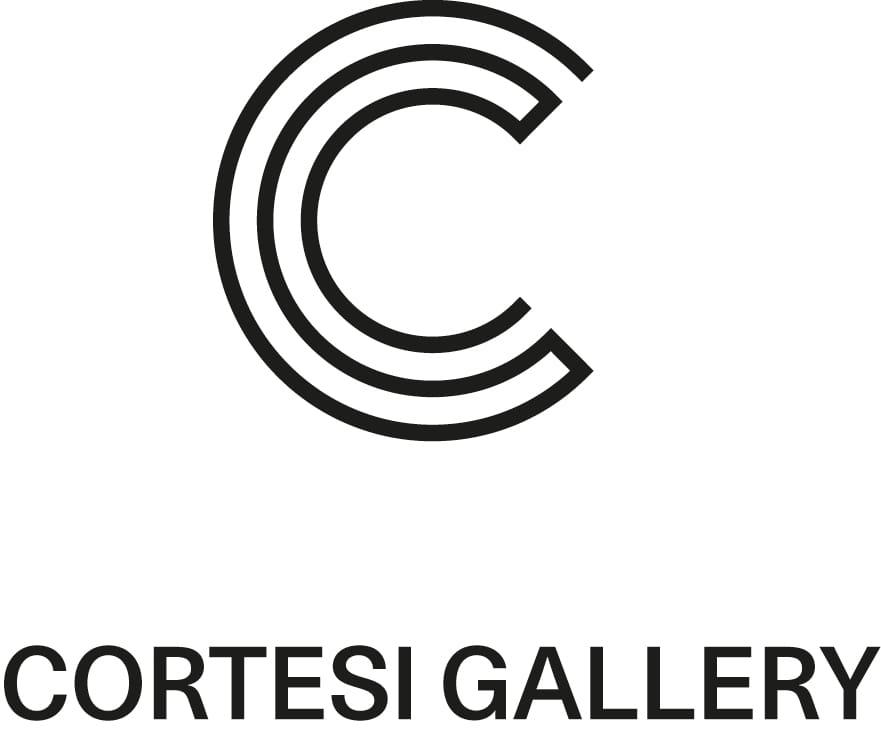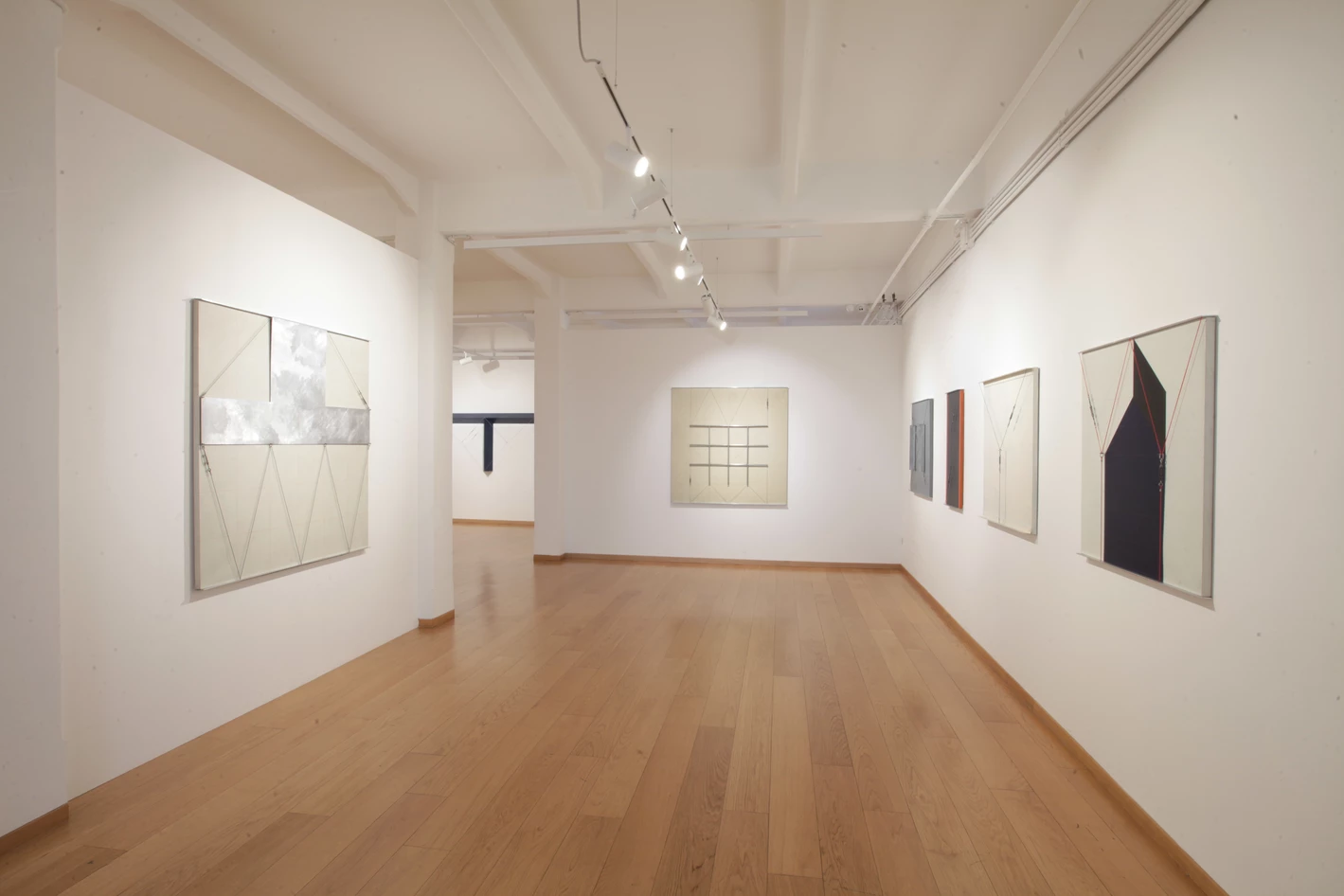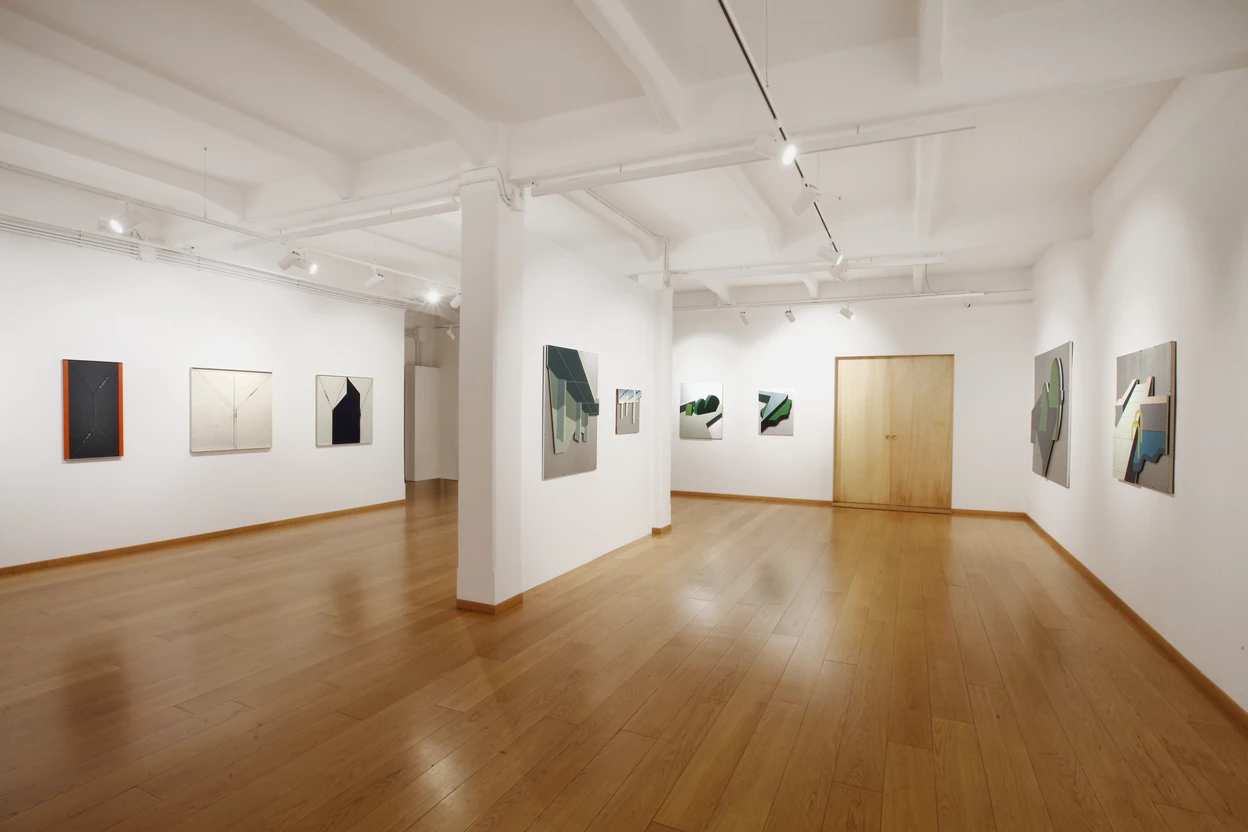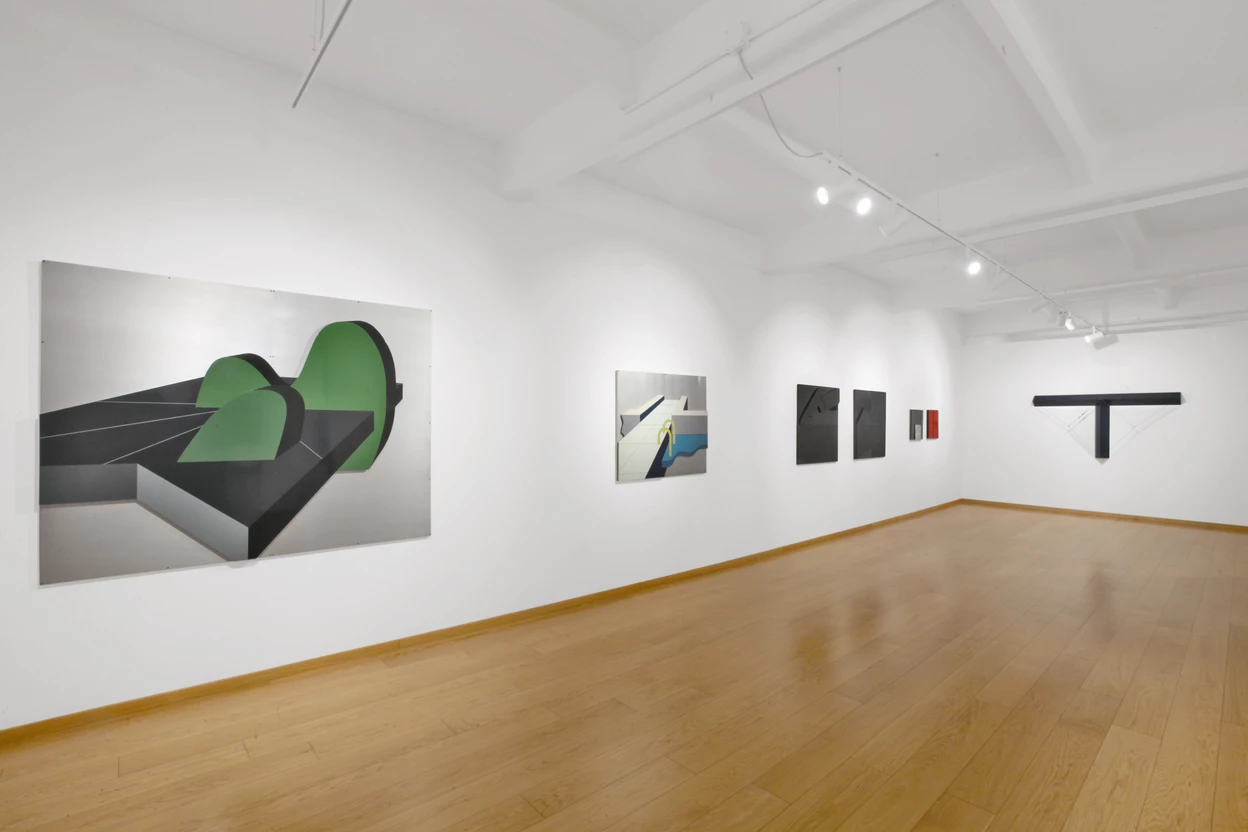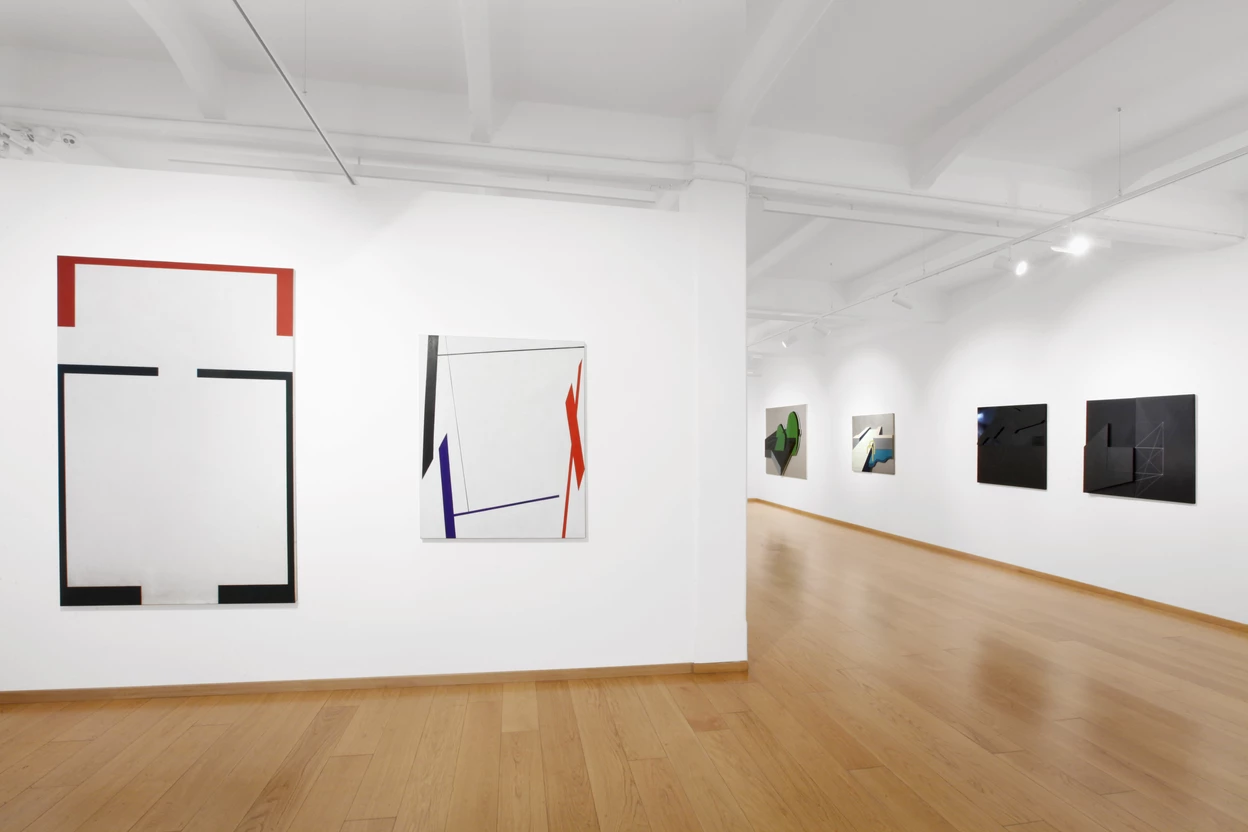Fondazione Marconi and Studio Marconi ’65, together with the Cortesi Gallery in Milan, are dedicating a large retrospective exhibition to Gianfranco Pardi, 85 years after the artist’s birth.
Promoted by the Gianfranco Pardi Archive and curated by Bruno Corà, the project will fully represent the artistic career of the Milanese artist, which centred on the study of space and the relationship between abstraction and construction.
Pardi began to reflect on architecture as early as the late 1960s. What the artist meant by “architecture” was a procedure, a creative process, a means by which he was able to concentrate on the constructive possibilities of form, of investigations into three-dimensionality, which clearly refer to avant-garde utopias, Russian Suprematism, Constructivism and Dutch Neoplasticism. Reinterpreting Malevič, Tatlin, El Lisitzky and other key exponents of these movements allowed Pardi to take the still vital elements of these artistic directions and become one of the most active and qualified representatives of the history of contemporary painting and sculpture.
This extensive retrospective illustrates the development of Pardi’s explorations at every phase, from the first depictions of architectural interiors and exteriors of the 1960s, such as the Environments and Hanging Gardens, to subsequent works from the 1970s, which he named Architectures.The series Diagonals are from the early 1980s and consist of straight lines whose tight rhythm oscillates between black and white to a search for new montages and movements. These are followed by the works Plants and Apses, and the cycles Cinema and Body Building. The 1990s saw the series Masks and Montagne Sainte-Victoire, the latter a clear reference to Cézanne and a total reflection on painting. The following Nagjma series, meaning ‘star’ in Arabic, are the fruit of the artist’s long periods in Tangier, a sort of re-enactment of Paul Klee’s or Henri Matisse’s journey to the south, and the series entitled Box, made from cardboard boxes, which show Pardi’s increasing interest in painting, although still combined with geometric elements and architectural references. The exhibition concludes with the Untitled works from 2011: a series of acrylics on canvas in which the colour range restricted to tones of white, black and grey seems redolent of fresco painting.
Gianfranco Pardi’s work is present in important collections and museums in Milan, such as the Gallerie d’Italia and the Museo del Novecento, which, together with the substantial number of public works and sculptures scattered throughout the city, document the close link between the artist and his city. Among these works is the large environmental sculpture Dance in Piazza Amendola, donated by Farmafactoring in 2006 to mark the firm’s twenty-year anniversary.
Fondazione Farmafactoring is also contributing to the current project, not only through its important collection of works by Pardi, but above all for the perfect accord there is between Pardi’s work and the spirit of the Farmafactoring foundation: the desire to combine rigour and seriousness with innovation and attention to change.
The exhibitions will be accompanied by a video that documents the presence of public works by Gianfranco Pardi located around the city, and a book that will be jointly published by Fondazione Marconi and the Cortesi Gallery.
Edited by Skira and curated by Bruno Corà, the monograph will contain colour images of all the works on display, together with an extensive selection of photographic documents, critical commentary and source material, all of which illustrate Gianfranco Pardi’s long and fertile creative career. The monograph is intended as a future reference work on the artist, whose art, though apparently straightforward and essential, reveals multiple meanings and unexpected complexities.
